Have you ever brewed coffee and wondered why it tastes different each time? The secret lies in your grind size. Coffee grind size plays a critical role in extraction, which affects the flavor, aroma, and strength of your brew. The wrong grind size can lead to over-extraction (resulting in a bitter taste) or under-extraction (leading to a sour or weak flavor). Whether you prefer French press, espresso, or pour-over, understanding the right size is essential for a perfect cup of coffee.
Importance of Grind Size in Coffee Extraction
When you brew coffee, hot water extracts flavors, oils, and compounds from the grounds. The grind size determines how quickly and effectively this process happens.
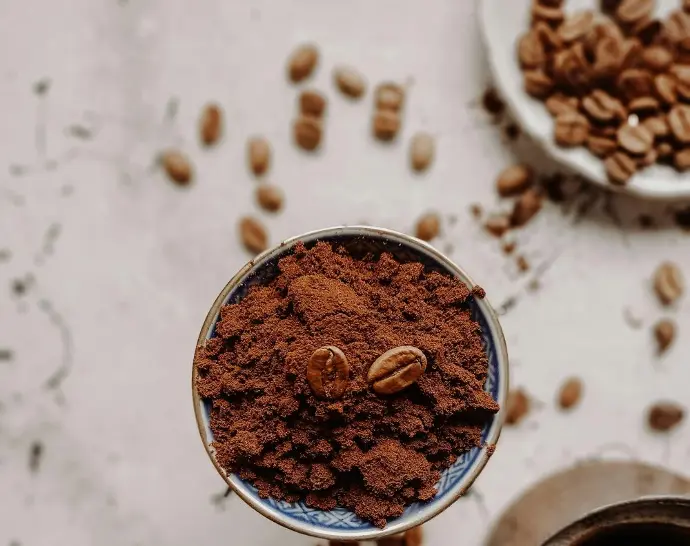
Fine grind
- More surface area
- Faster extraction
- Stronger, richer coffee
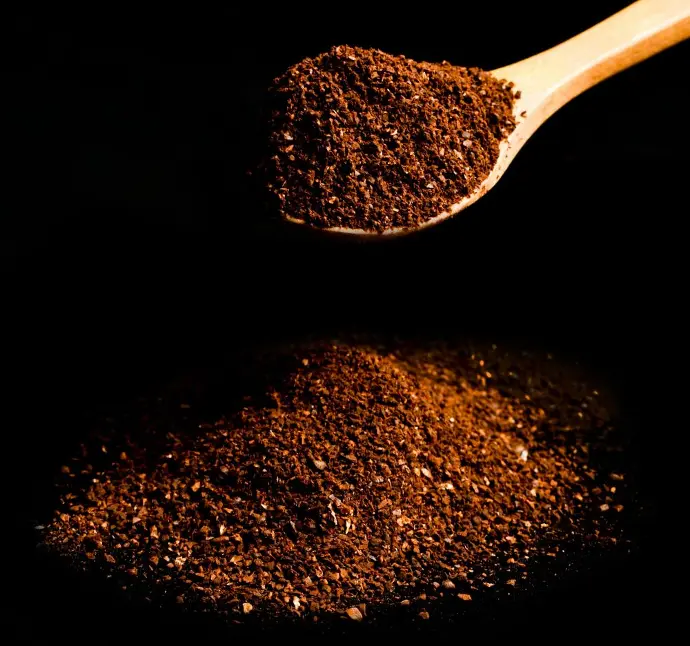
Coarse grind
- Less surface area
- Slower extraction
- Milder, smoother coffee
What is the Best Grind Size for Coffee?
The best grind size depends entirely on your brewing method. If you're using a French press, a coarse grind is best to prevent too many fine particles from slipping through the filter. If you love espresso, a fine grind is necessary for the quick extraction.
Getting the right grind size for your brewing style enhances your coffee experience by bringing out the intended flavors of the beans.
Try freshly roasted, premium coffee beans from Solai Coffee – perfect for any grind size!
The Coffee Grind Size Chart
Here's a breakdown of the ideal grind sizes for popular brewing techniques:
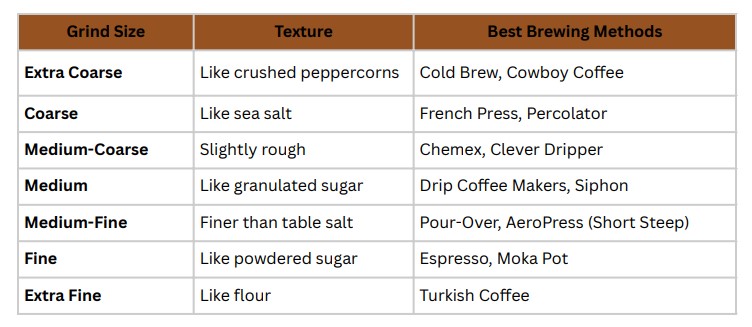
Pro Tip: Experimenting with grind size helps fine-tune your coffee's taste. If your coffee is too bitter, go coarser. If it's too weak, grind finer.
Burr vs. Blade Coffee Grinders: What's the Difference?
One of the biggest mistakes coffee drinkers make is using the wrong type of grinder. There are two main types: burr grinders and blade grinders.
- Burr Grinders: These grinders use two revolving burrs to crush coffee beans to a uniform size. They provide consistent grinding, making them ideal for any brewing method. Burr grinders come in manual or electric and offer adjustable grind settings.
- Blade Grinders: These grinders use a spinning blade to chop coffee beans, often resulting in even grind sizes. Since consistency is key in coffee brewing, blade grinders can produce unpredictable results, making them less desirable for high-quality coffee brewing.
For the best coffee, use a burr grinder, as it provides control over the grind size, leading to better flavor extraction.
Read more on Burr and Blade grinders here.
Step-by-Step Guide to Grinding Coffee Beans at Home
Freshly ground coffee always tastes better than pre-ground coffee. Whole beans retain their flavors longer, and grinding your coffee at home ensures maximum freshness. Oxygen and moisture start degrading coffee once it's ground, so grinding just before brewing preserves its aroma and taste.
Choose the right grinder – A burr grinder ensures consistency.
Select the correct grind size – Match it to your brewing method.
Measure your beans – Use a coffee scale for accuracy.
Grind in small batches – Only grind what you need.
Brew immediately – Freshly ground coffee retains maximum flavor.
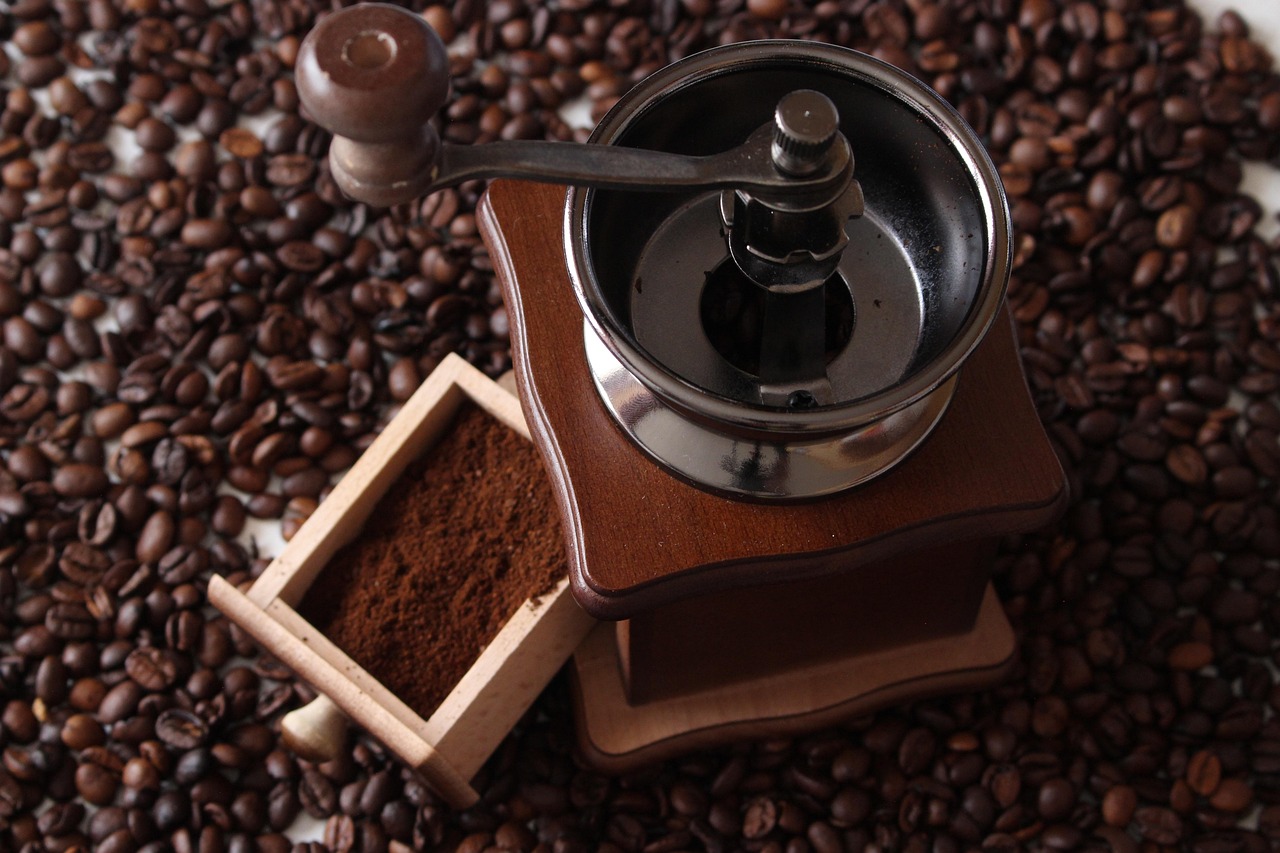
What is the 15-15-15 Coffee Rule?
To keep your coffee tasting its best, follow the 15-15-15 rule:
- Grind size freshness – Use ground coffee within 15 minutes.
- Brew timing – Drink your coffee within 15 minutes to enjoy peak aroma.
- Bean freshness – Consume roasted coffee within 15 days for the best flavor.
Store your beans in an airtight container away from light and moisture.
Other Factors That Affect Coffee Flavor
Besides grind size, several other factors influence how your coffee tastes:
- Coffee Bean Quality – Always start with high-quality beans for better flavor.
- Water Temperature – Brew with water between 195-205°F (90-96°C).
- Brew Time – Different brewing methods require different contact times with water. Espresso takes 25-30 seconds, while French press takes 4 minutes.
- Coffee-to-Water Ratio – Use the right balance for optimal extraction.
Read also: Why Water Quality Matters in Coffee Brewing
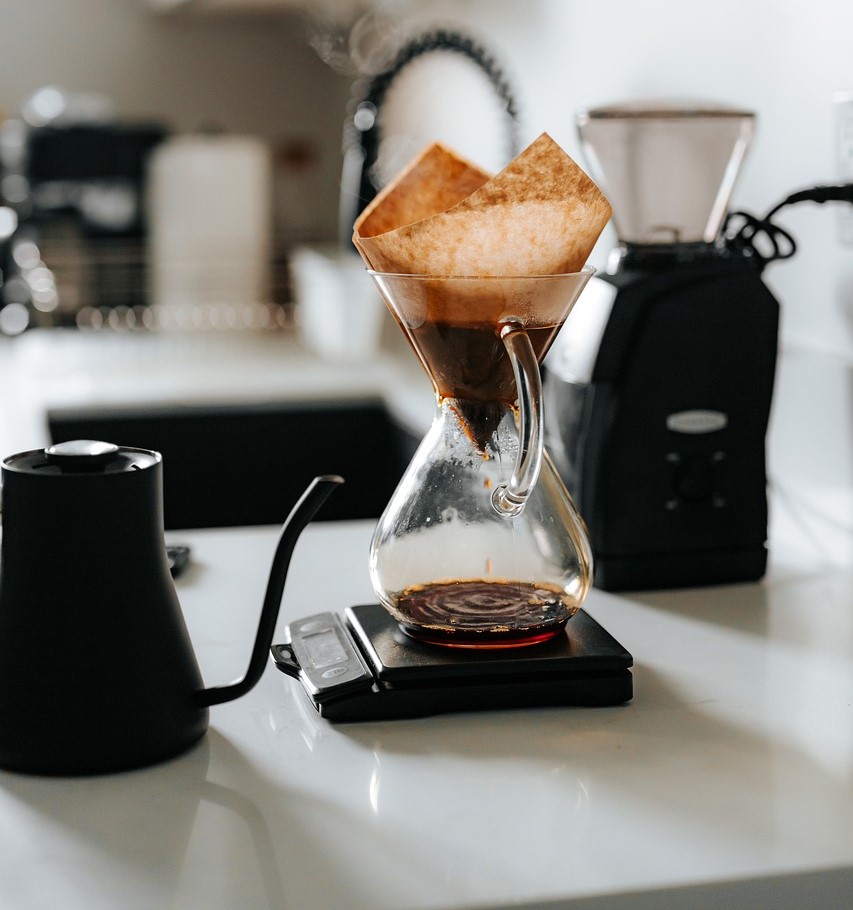
Final Thoughts!
Mastering grind size is the key to brewing a rich, flavorful cup of coffee every time. The right tools, grind size, and fresh beans will make all the difference in your cup.
Want to upgrade your coffee experience? Shop now and start brewing better coffee today!
The Ultimate Guide to Coffee Grind Size: Why It Matters and How to Get It Right